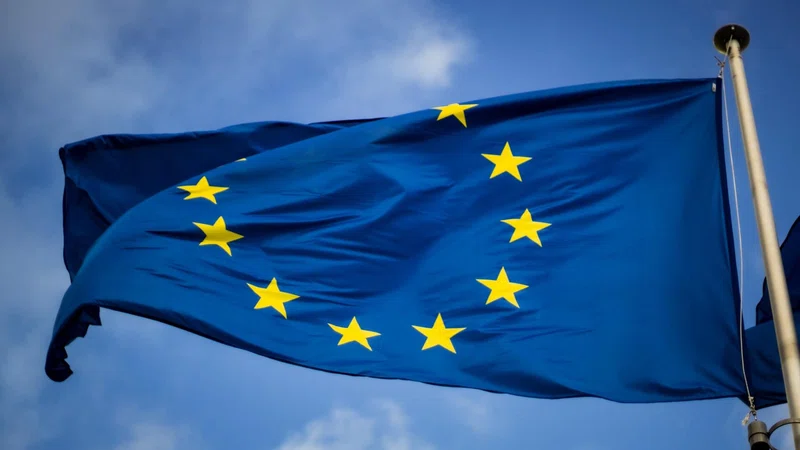The Commission today proposed a framework for a European Digital Identity which will be available to all EU citizens, residents, and businesses in the EU. Citizens will be able to prove their identity and share electronic documents from their European Digital Identity wallets with the click of a button on their phone. They will be able to access online services with their national digital identification, which will be recognised throughout Europe. Very large platforms will be required to accept the use of European Digital Identity wallets upon request of the user, for example to prove their age. Use of the European Digital Identity wallet will always be at the choice of the user.
Margrethe Vestager, Executive Vice-President for a Europe Fit for the Digital Age said: “The European digital identity will enable us to do in any Member State as we do at home without any extra cost and fewer hurdles. Be that renting a flat or opening a bank account outside of our home country. And do this in a way that is secure and transparent. So that we will decide how much information we wish to share about ourselves, with whom and for what purpose. This is a unique opportunity to take us all further into experiencing what it means to live in Europe, and to be European.”
Commissioner for Internal Market Thierry Breton said: “EU citizens not only expect a high level of security but also convenience whether they are dealing with national administrations such as to submit a tax return or to enroll at a European university where they need official identification. The European Digital Identity wallets offer a new possibility for them to store and use data for all sorts of services, from checking in at the airport to renting a car. It is about giving a choice to consumers, a European choice. Our European companies, large and small, will also benefit from this digital identity, they will be able to offer a wide range of new services since the proposal offers a solution for secure and trusted identification services.”
The European Digital Identity framework
Under the new Regulation, Member States will offer citizens and businesses digital wallets that will be able to link their national digital identities with proof of other personal attributes (e.g. driving licence, diplomas, bank account). These wallets may be provided by public authorities or by private entities, provided they are recognised by a Member State.
The new European Digital Identity Wallets will enable all Europeans to access services online without having to use private identification methods or unnecessarily sharing personal data. With this solution they will have full control of the data they share.
The European Digital Identity will be:
- Available to anyone who wants to use it: Any EU citizen, resident, and business in the Union who would like to make use of the European Digital Identity will be able to do so.
- Widely useable: The European Digital Identity wallets will be useable widely as a way either to identify users or to prove certain personal attributes, for the purpose of access to public and private digital services across the Union.
- Users in control of their data: The European Digital Identity wallets will enable people to choose which aspects of their identity, data and certificates they share with third parties, and to keep track of such sharing. User control ensures that only information that needs to be shared will be shared.
To make it a reality as soon as possible, the proposal is accompanied by a Recommendation. The Commission invites Member States to establish a common toolbox by September 2022 and to start the necessary preparatory work immediately. This toolbox should include the technical architecture, standards and guidelines for best practices.
Next Steps
In parallel to the legislative process, the Commission will work with Member States and the private sector on technical aspects of the European Digital Identity. Through the Digital Europe Programme, the Commission will support the implementation of the European Digital Identity framework, and many Member States have foreseen projects for the implementation of the e-government solutions, including the European Digital Identity in their national plans under the Recovery and Resilience Facility.
Background
The Commission's 2030 Digital Compass sets out a number of targets and milestones which the European Digital Identity will help achieve. For example, by 2030, all key public services should be available online, all citizens will have access to electronic medical records; and 80% citizens should use an eID solution.
For this initiative, the Commission builds on the existing cross-border legal framework for trusted digital identities, the European electronic identification and trust services initiative (eIDAS Regulation). Adopted in 2014, it provides the basis for cross-border electronic identification, authentication and website certification within the EU. Already about 60% of Europeans can benefit from the current system.
However, there is no requirement for Member States to develop a national digital ID and to make it interoperable with the ones of other Member States, which leads to high discrepancies between countries. The current proposal will address these shortcomings by improving the effectiveness of the framework and extending its benefits to the private sector and to mobile use.
For More Information
European Digital Identity – Questions and Answers
European Digital Identity – Facts Page
European Digital Identity Regulation
European Digital Identity Recommendation










